Curious about how do smart home lights work? These innovative devices transform your home’s lighting into a responsive, customizable system, enhancing ambiance and efficiency. In 2025, smart lights leverage AI and wireless connectivity to offer intuitive control via apps or voice.
Contents
How Do Smart Home Lights Work?

Understanding how do smart home lights work begins with their core technology: a blend of LED bulbs, embedded processors, and wireless communication. Unlike traditional bulbs, smart lights contain microchips and transceivers that enable connectivity to your home’s network, allowing remote or automated control. Here’s a breakdown of how do smart home lights work:
- Smart lights use energy-efficient LEDs, lasting 20,000–50,000 hours compared to incandescent bulbs’ 2,000 hours. LEDs support dimming, color changes, and temperature adjustments (warm to cool white), enabling versatile lighting effects.
- Smart lights connect via protocols like Wi-Fi, Zigbee, Bluetooth, or Thread. Wi-Fi bulbs link directly to your router, while Zigbee or Thread require a hub (e.g., Amazon Echo or HomePod Mini) for translation to your network. This connectivity is key to how do smart home lights work, enabling communication with apps or voice assistants.
- You can manage smart lights through smartphone apps, voice assistants (Siri, Alexa, Google Assistant), or physical smart switches. Apps allow scheduling, scene creation (e.g., “Movie Night”), or remote control. Voice commands like “Dim the kitchen lights” trigger instant responses, showcasing how do smart home lights work in real time.
- Advanced smart lights feature motion or daylight sensors, automatically adjusting based on occupancy or ambient light. AI learns user patterns—say, turning on hallway lights at 7 PM—reducing manual inputs. This adaptive intelligence is central to how do smart home lights work.
- Smart lights sync with other devices via platforms like Apple HomeKit or Google Home, creating automations like lights activating when a smart lock opens. Matter, a 2025 standard, ensures cross-brand compatibility, simplifying how do smart home lights work across ecosystems.
In Vietnam’s urban apartments, where space and energy efficiency matter, understanding how do smart home lights work empowers users to create tailored lighting solutions, from cozy evenings to vibrant gatherings.
Benefits of Smart Home Lights
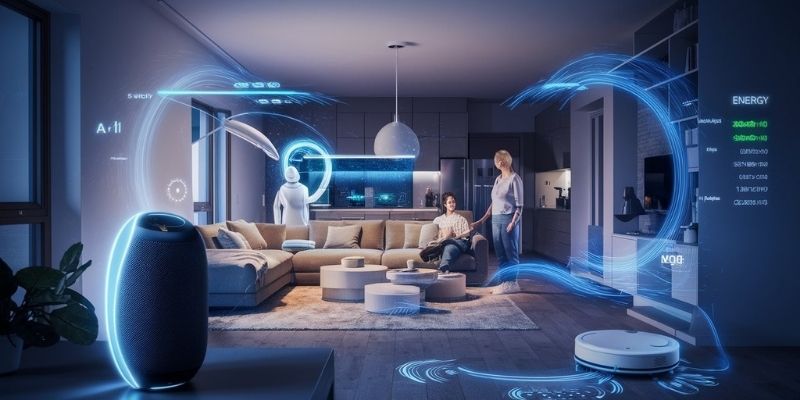
The appeal of smart lights lies in their transformative benefits, making them a cornerstone of modern homes in 2025. Here’s why adopting smart lighting is worthwhile:
- Control lights remotely via apps or voice, eliminating manual switch use. Set schedules for lights to turn on at dusk or off at bedtime, saving time, especially in busy households.
- LEDs use 75% less energy than incandescent bulbs, and smart features like auto-off sensors reduce waste. In Vietnam, where electricity costs are rising, this can cut bills by 15–20%, per 2025 energy studies.
- Program lights to mimic occupancy when you’re away, deterring intruders. Motion-activated outdoor lights add protection, a key benefit in urban areas like Hanoi.
- Adjust brightness, color, or temperature to suit moods—blue for focus, warm white for relaxation. Sync lights with music or TVs for immersive entertainment, enhancing home experiences.
- Circadian rhythm lighting mimics natural daylight, improving sleep and mood. Gradually brightening morning lights or dimming evening ones support well-being, a growing trend in 2025.
These benefits highlight how do smart home lights work to deliver practical and emotional value, making them an investment in comfort and efficiency.
Popular Technologies and Products in 2025

In 2025, smart lighting thrives on advanced technologies and diverse products, catering to varied needs and budgets. Here’s a look at the leading options shaping how do smart home lights work:
Technologies:
- Wi-Fi: Simple setup, no hub needed, but may overload networks. Ideal for small setups.
- Zigbee: Low-power, secure, hub-required protocol, perfect for large homes. Philips Hue uses Zigbee.
- Thread: Fast, reliable, and Matter-ready, supported by Nanoleaf Essentials. Needs a Thread border router like HomePod Mini.
- Matter: A universal standard ensuring interoperability across brands, simplifying how do smart home lights work in mixed ecosystems.
Products:
- Philips Hue White and Color Ambiance ($50/bulb): Industry leader with vibrant colors, Matter support, and AI assistant Hue Genie for voice control. Ideal for entertainment sync.
- Nanoleaf Essentials A19 ($20/bulb): Affordable, Thread-enabled, and Matter-compatible, offering bright colors and circadian rhythm features.
- Govee LED Smart Bulbs ($16/bulb): Budget-friendly, Wi-Fi-based, with a feature-rich app for animations and Day & Dusk scheduling. No hub required.
- Lutron Aurora Smart Dimmer ($40): A smart switch locking traditional toggles, ensuring bulbs stay powered for app control, perfect for renters.
- TP-Link Tapo L530E ($10/bulb): Ultra-affordable, Wi-Fi-connected, with energy monitoring, ideal for Vietnam’s cost-conscious market.
These technologies and products, widely discussed on X, demonstrate how do smart home lights work across price points, from premium to budget, ensuring accessibility for all.
Installation and Setup Tips
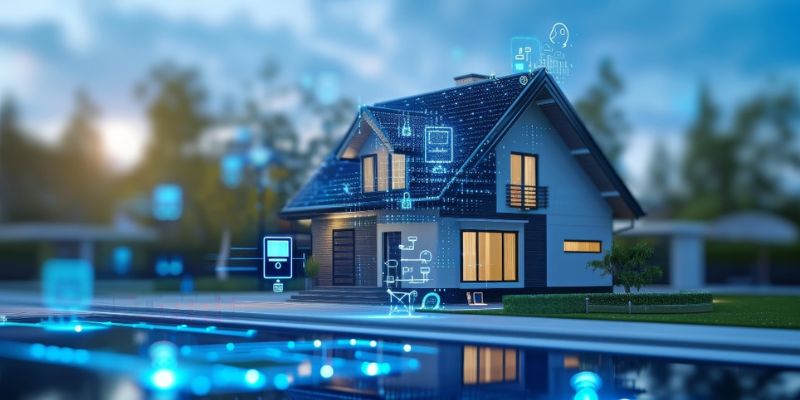
Setting up smart lights is straightforward with the right approach, ensuring you fully leverage how do smart home lights work. Here are practical tips for 2025:
- Verify bulb size (A19 for lamps, E26 base) and protocol (Wi-Fi, Zigbee, Thread) matches your setup. For HomeKit users, ensure Siri compatibility.
- Screw bulbs into existing sockets, ensuring power is on for connectivity. For smart switches, turn off breakers before replacing traditional switches; consult an electrician if unsure, as professional installation may be needed for complex systems.
- Download the manufacturer’s app (e.g., Philips Hue, Govee Home). Put bulbs in pairing mode by toggling power 3–5 times until they blink. Follow app prompts to connect via Wi-Fi or a hub. For Zigbee/Thread, pair with a hub like Echo or HomePod Mini.
- Use a 2.4 GHz band for better range in Vietnam’s congested urban networks. Position routers centrally or invest in a $100 Wi-Fi 6 router for stability, avoiding disruptions in how do smart home lights work.
- Create scenes (e.g., “Work Focus”) or schedules via apps. Link lights to sensors or voice assistants for hands-free control. Test integrations with locks or cameras for seamless automations.
- Use strong passwords, enable two-factor authentication, and update firmware regularly to prevent hacks, ensuring how do smart home lights work safely.
- Begin with one room, like the living area, to learn the system before expanding. Budget-friendly bulbs like TP-Link Tapo ease the transition.
These tips ensure a smooth setup, maximizing the functionality of how do smart home lights work in your home.
Understanding how do smart home lights work unlocks a world of convenience, efficiency, and ambiance in 2025. By leveraging LED technology, wireless protocols, and AI, smart lights offer remote control, energy savings, and personalized experiences.




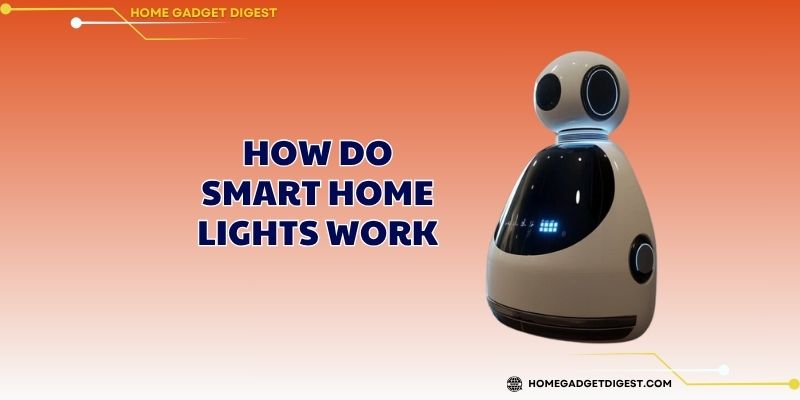

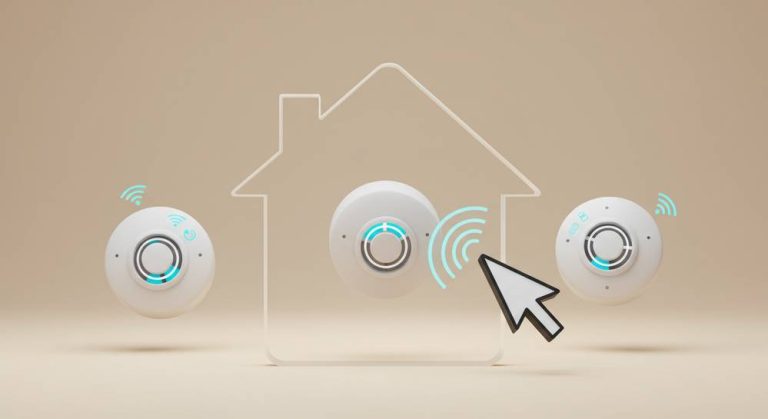
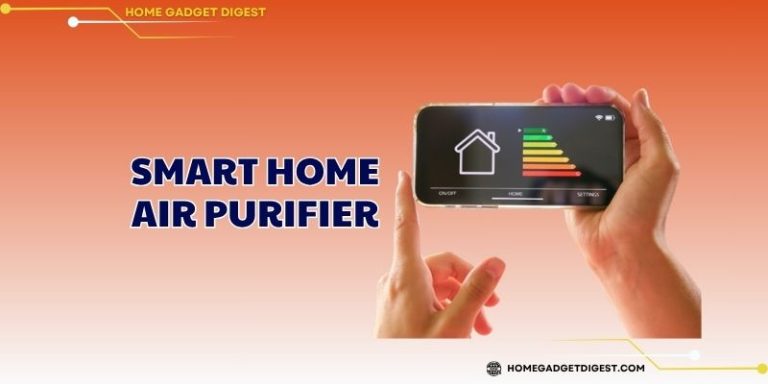








+ There are no comments
Add yours